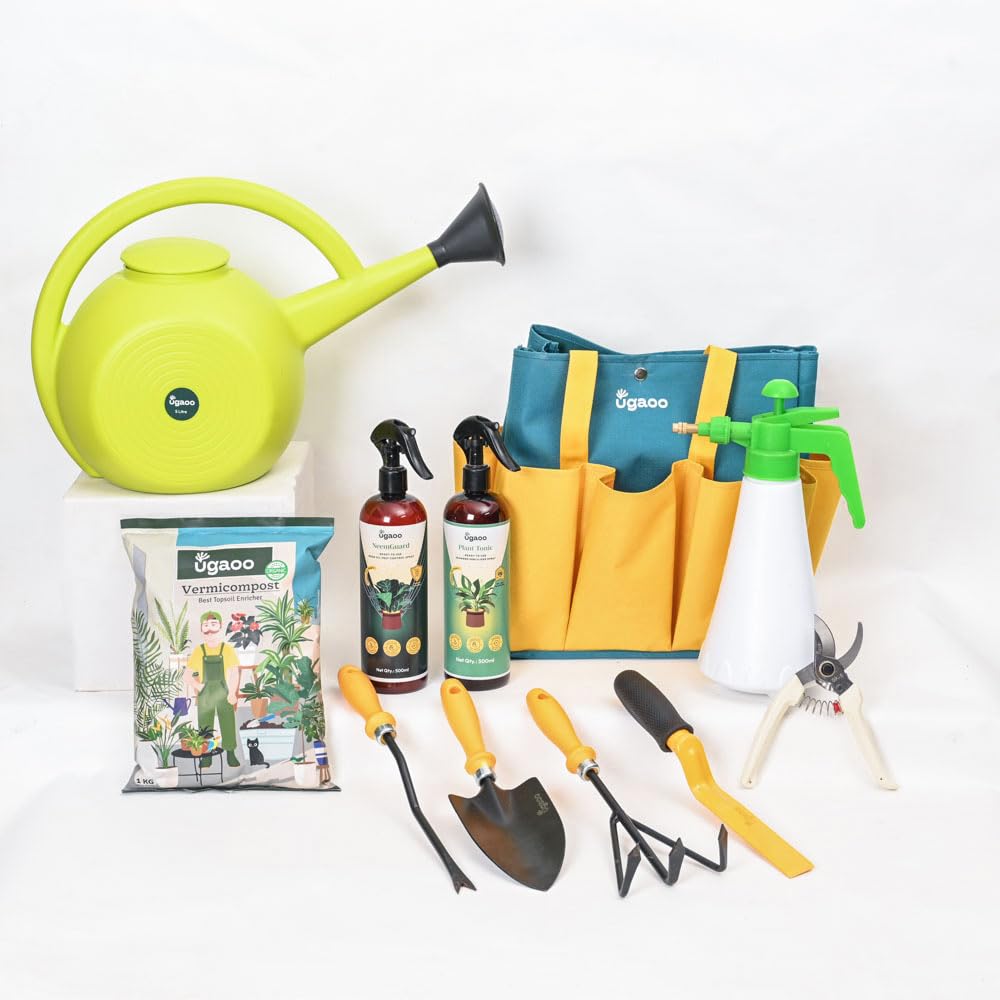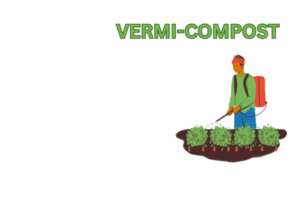1.Introduction.
2.Material for preparation of vermicompost.
3.Vermicompost product.
4.Advantages of vermicompost

Introduction
Vermicomposting is a natural process that relies on earthworms to break down organic waste, turning it into a nutrient-rich material often called worm castings or vermicast.
This end product, which is produced through the digestion of organic matter by insects, is rich in essential plant nutrients such as nitrogen, phosphorus and potassium, as well as beneficial trace elements such as calcium, magnesium and sulphur.

it’s best fertilizers for:
Table of Contents
Material for preparation of vermi compost
i’ts requires specific material to creat an environment where earthworm can effectively breakdown organic matter into nutrient-rich.
Vermicompost key material are:
- earthworms
- plastic or cement tank
- cow dunk, leaves,kitchen waste
Product
i’ts uses worms to decompose waste and make nutrient-rich “worm manure”. Vermicast (also called worm castings, worm humus, worm poop, worm manure, or worm faeces) is the end-product of the breakdown of organic matter by earthworms.
price of 1 kg earthworm is 120-250rs per kg Eisenia fetida is a species of earthworm, which is widely used for vermicomposting.
Advantages:
Improves the physical structure of the soil. Vermicomposting increases the fertility and water-resistance of the soil. Helps in germination, plant growth, and crop yield. Nurtures soil with plant growth hormones such as auxins, gibberellic acid, etc.
Detail composition:
Macronutrients:
- Nitrogen (N): Ranges from1.2% to 2.5% in well-rotten vermicompost.
- Phosphorus (P): Ranges from0.9% to1.7%.
- Potassium (K):ranges from 1.5% to 2.5%.
Micronutrients:
it’s contains essential micronutrients like calcium, magnesium and sulfur, which are also vital for plant growth.
Organic Carbon:
A significant portion of it’s composition is organic carbon, ranging from 9.5% to 17.98%.
Other beneficial component:
it’s also contains beneficial microbes, vitamins, growth hormones, and enzymes, which further enhance its ability to support plant growth.
Moisture content:
A typical nutrient analysis of vermicast (earthworm casting) indicates a moisture contant of 75% to 80%.
C/N Ratio:
The C/N ration in it is typically arround 12-15:1.
Types of worms for vermicompost:
The most commonly worms for use in vermicomposting are Eisenia fetida and red worms.
Eisenia fetida(Red wiggler):
Also called tiger worm. they are highly adaptable and thrive in a variety of temperatures. They are known for their
Voracious appetite and rapid reproduction rate,making for ideal for it.
Redworms (Lumbricus rubellus):
These worms prefer compost environment and relatively easy to keep. They can found in compost piles under rooting logs and other organic area.
African night crawler:
African night crawler is another also species used in it.
Indian blue worm:
Produced using the Indian blue worm, another efficient blue worm.
Govt scheme and subsidy for it’s unit stablishment:
Government subsidy available for production unit in India.Open financial assistance to farmer and other eligibility entities.These subsidied can be percentage of the project cost or specific amount depend on the production and project scale size.
Key point about government subsidies:
Govt Schemes:
Several government schemes offer subsidies for vermicompost production, including the national hardiculture mission (NHM) and the mission for integrated development of hardiculture (MIDH).
Subsidy rate:
Subsidity can be between 25%-50% of the project cost with maximum limit per beneficiary.
Eligibility :
Individual, group of farmers, cooperatives and even NGO’s are eligible for these subsidies.
Purpose:
These subsidied aim to promote organic farming by providing financial support for the production of quality organic and biological inputs.
Benefits:
Subsidies can help reduce the intial investment cost for setting up vermicompost units. Making it more accessible for farmers and entrepreneur.
Implimentation Agencies:
the scheme is implimented by department of agriculture, Coperation and farmer’s welfare (DAC&FW) in collaboration with NABARD and other relevant institutions.
How to apply:
Application can be made to the hardiculture and food processing department or the relevant state department of agriculture.
For more information, you can visit the following resources:
- NABARD: NABARD Provide information about vermicompost unit on the capital investment, subsidy scheme for commercial production units of organic/biological inputs.
- Department of agriculture & farmer welfare: Offer amodel scheme for vermicomposting units.
- myScheme: provides details on the Vermicompost lkai scheme.
Some questions arise regarding vermicompost, the answers to which are as follows:
How much earthworms in 1kg of worms?
1kg of earthworms represents 600 to 1000 worms.
How many days does it take for vermicompost to be made?
It takes 45-60 days to make vermicompost. By mixing cow dung, cattle dung (except pig, poultry and goat), agricultural waste and kitchen waste, it is mixed with the dung, after that the verm is mixed in the mixture and cover by cotton cloth then water is sprayed on it daily. In 45-60 days, vermicompost is ready.
What is the main food of earthworms?
Earthworms eat soil! Their nutrition comes from things in soil, such as decaying roots and leaves. Cow dung manures are an important food source for earthworms. They eat living organisms such as nematodes, protozoans, rotifers, bacteria, fungi in soil
What are the enemies of earthworms?
Earthworm enemies are: ants, springtails, centipedes, slugs, mites, certain beetle larvae, birds, rats, snakes, moles, mice, gophers, toads, and other insects or animals which feed on worms or molest them
Advantages of these:
- It is rich in aal eessential plant nutrients
- provide exellent effect on overall growth of plant.
- shootd leaves and improves quality and shelf life of the produce
- it’s free flowing and easy to apply,handle and store.
- it is rich in beneficial micro flora such as a fixer.
- it neutralizes the soil protection.
- it improves soil structuretexture,aeration and water holding capacity
- activity of earthworm in soil
- it contains valueable vitamins,enzymes and harmones.
Whats is the demand for it:
The global market size was worth arroun USD 85 million in 2022 and is predicted to groe to arround USD 270 million by 2030.
conclusion:
it is a low cost eco friendly Technology. its good for nature and also provide a chemical less products.
it’s promoted by govt so it’s easy installation with support of govt.Mushroom farming is also a good agricultural business idea for small and landless farmers.
.


7 thoughts on “Vermicompost”